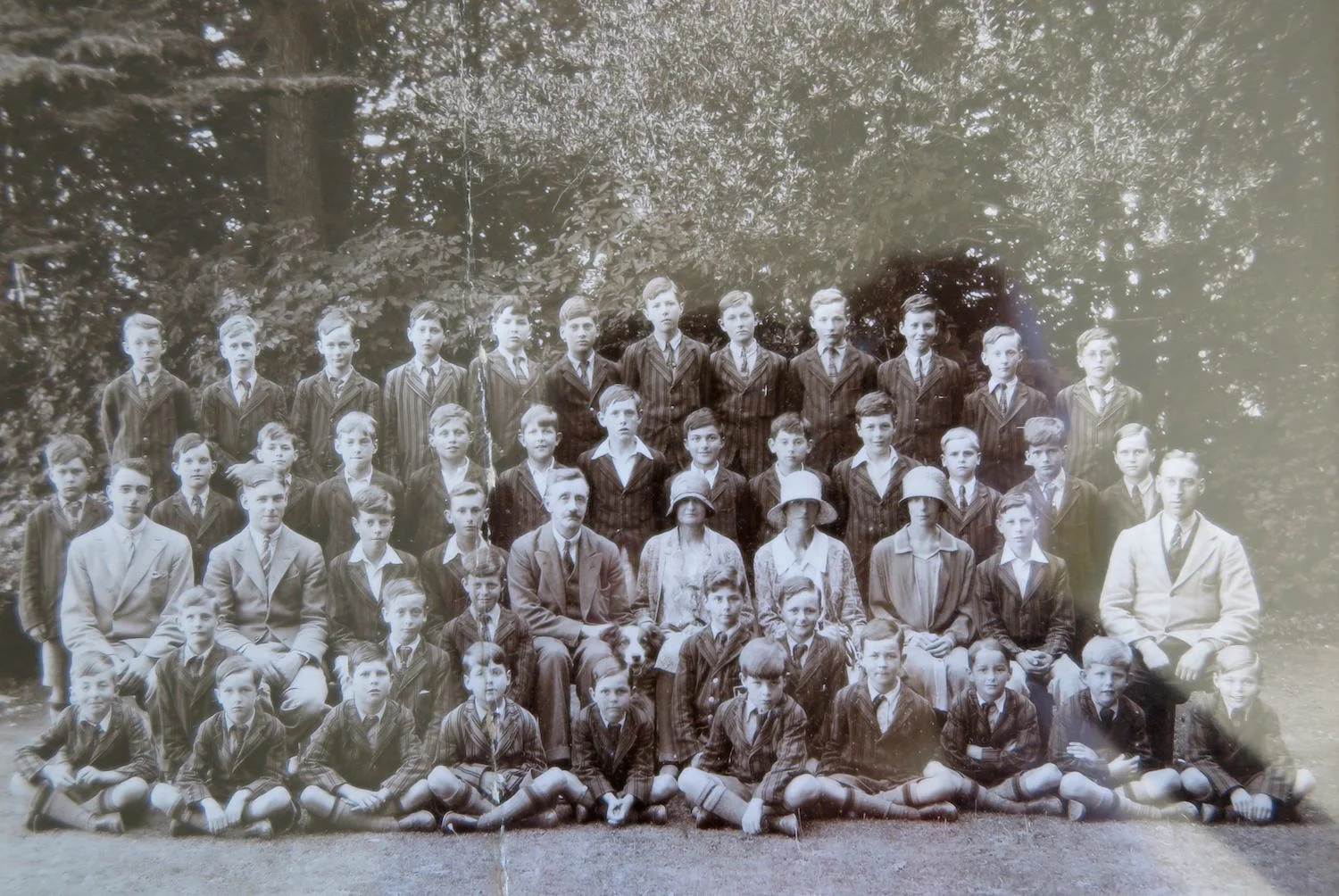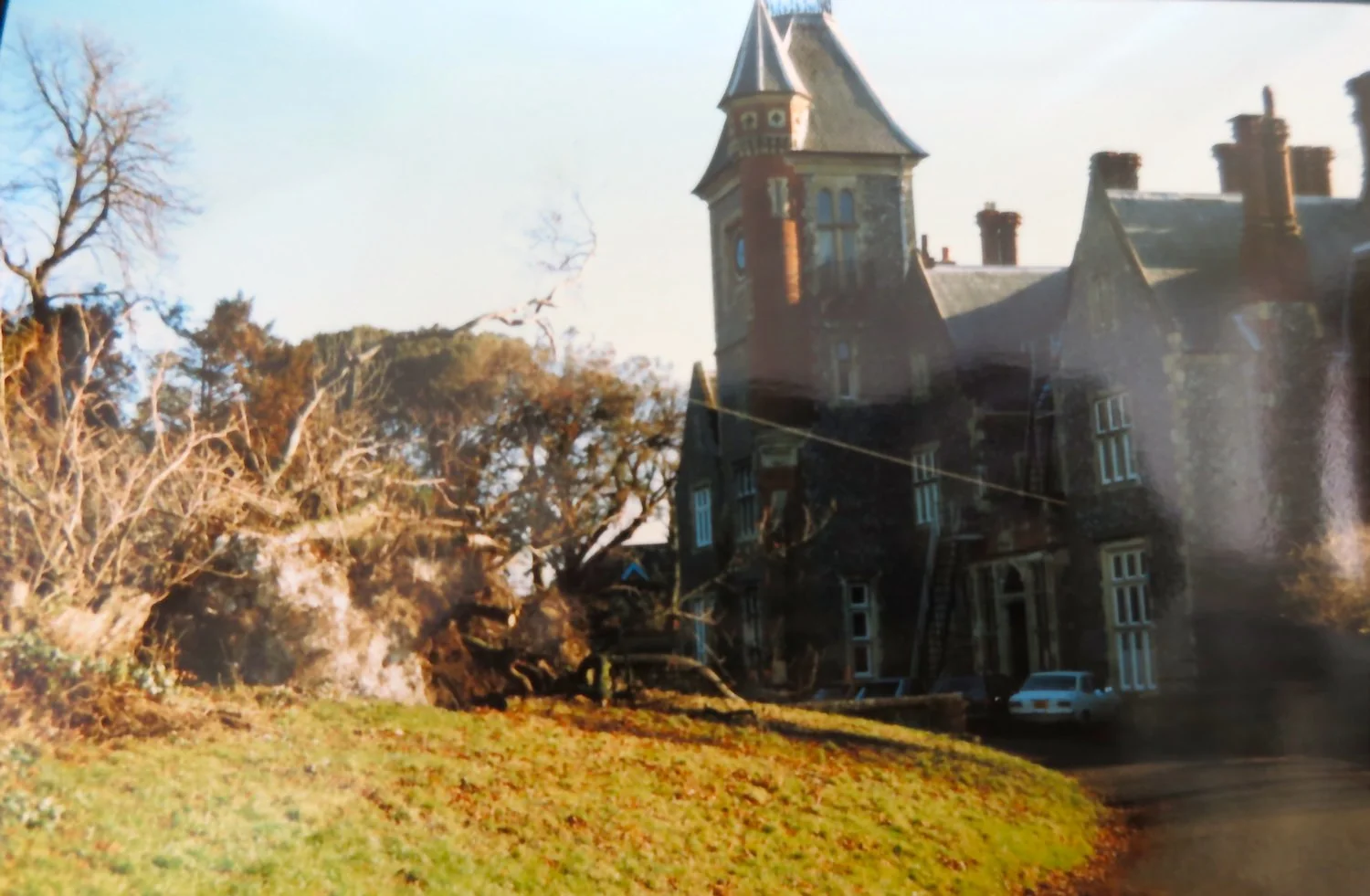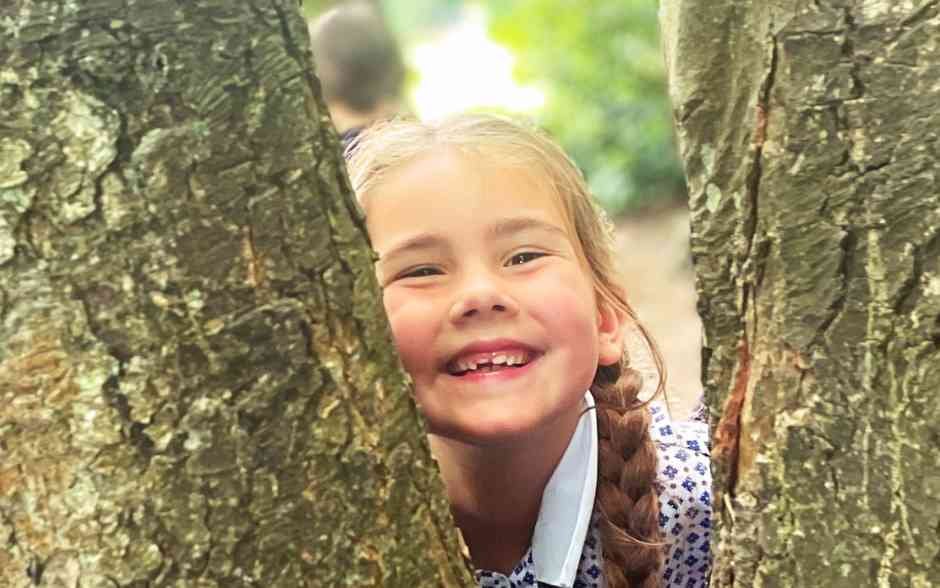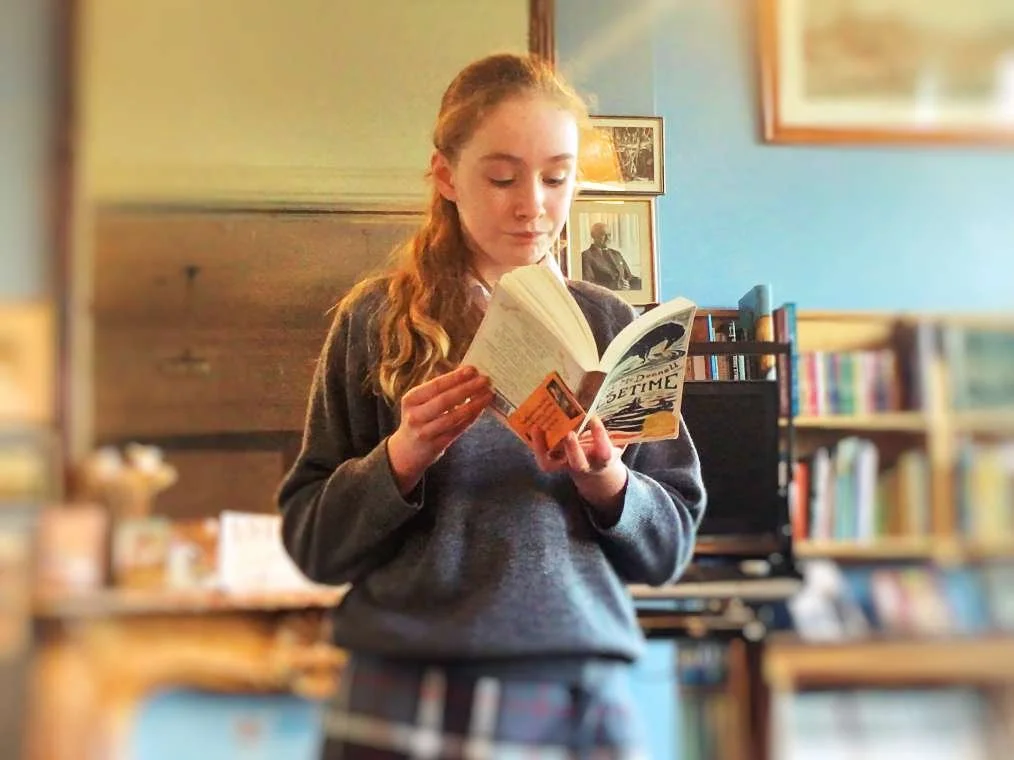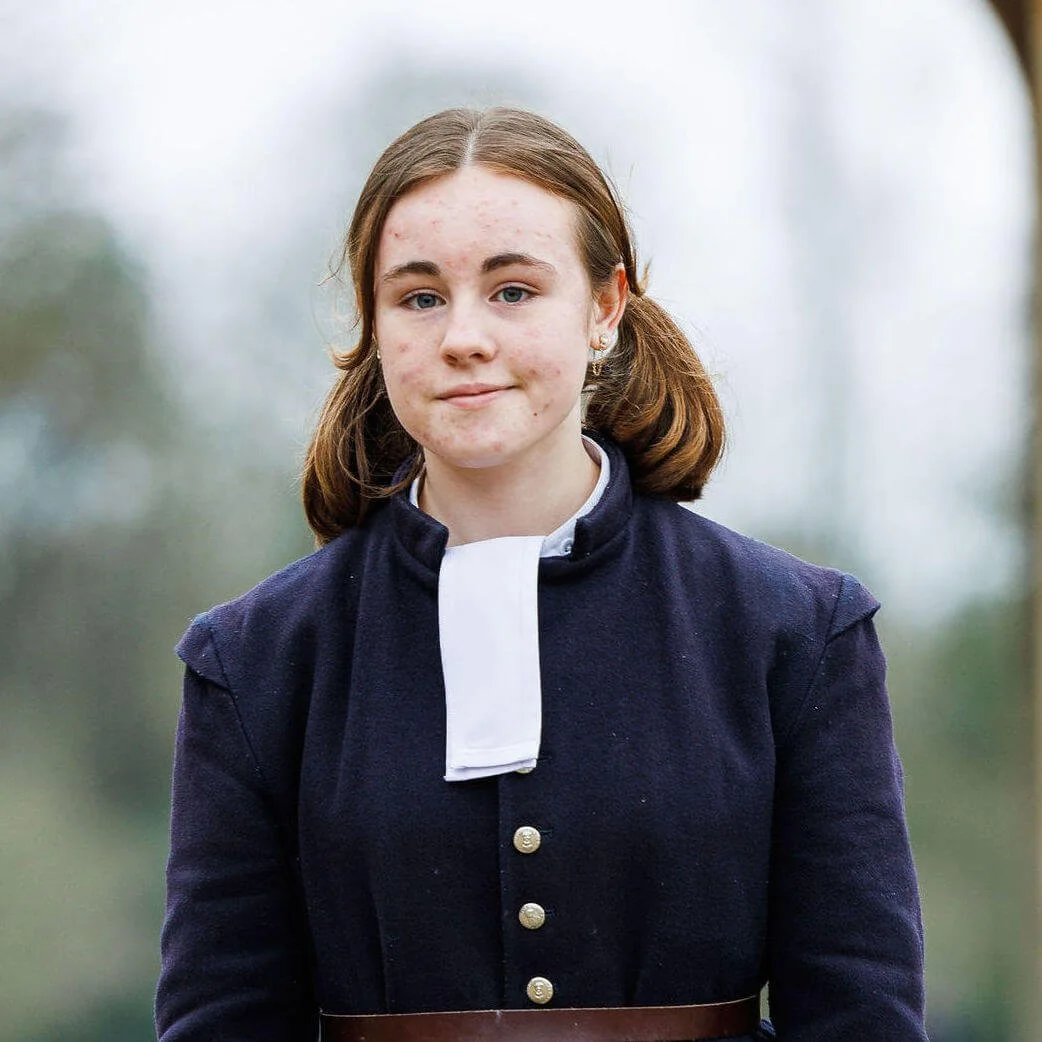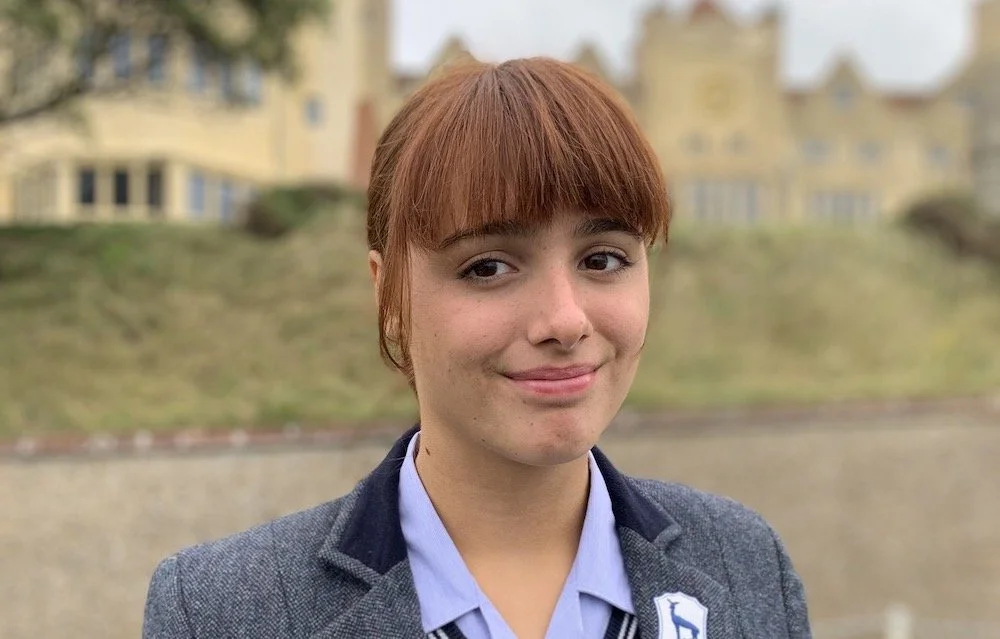Sompting Abbotts remembers evacuation and requisition during World War 2
/Did you know that during World War 2, Sompting Abbotts’ pupils were evacuated and the building requisitioned by the army? Or that the soldiers brought with them a resident kangaroo?
Like hundreds of other stately and country homes across the country, Sompting Abbotts was taken over by the Army.
During WW2, no house was exempt, with the grandest stately homes re-purposed to house everything from schools to maternity homes, from military hospitals to war supply depots.
Nearby Roedean School was requisitioned by the Admiralty as a depot and Lancing College by the Royal Navy.
It was mostly Canadian allied forces that were billeted at the manor house of Sompting Abbotts for much of the duration of the war.
Nearby, a transit camp had been set up on the South Downs to receive and care for refugees who were coming across to England from the Continent. The camp later received D-Day French refugees and repatriated prisoners of war.
Resident kangaroo
Headmaster, the late Nigel Sinclair, recalled in his memoirs written in 1974: “Even now, we are often visited by men who were here in those days.
“Several Canadians have told me that they had a resident kangaroo here for some time. They found it wandering on the Downs. It was thought to have belonged to an Australian regiment, although they could not be traced.
“Eventually it drank some engine oil and unfortunately died, to be buried in the grounds with some ceremony.”
Sad as it is that standards of animal welfare were so different then, this story is almost certainly true. This was another time when different attitudes prevailed. Australian soldiers did smuggle kangaroos (and possums and koalas) as mascots and morale boosters during both world wars according to Australian Geographic.
Fortunately, kangaroos (and koalas) are now a protected species under Australian law (although sadly up to a billion are thought to have died in the recent fires).
Kangaroos - an iconic national symbol which features on the Australian coat of arms - have been often spotted in pictures of Australian soldiers from both World War 1 and 2. Many animals were smuggled to Europe and Malaysia in boxes labelled 'Medical Supplies'. Their fate, though, is largely unknown.
Australian RAAF soldiers with a mascot joey (baby kangaroo) during WW2
War-time evacuation
In those days, Sompting Abbotts was a boys’ school. The boarders at Sompting Abbotts all stayed until the escalation of war in 1940 forced the school’s temporary closure. The boys were then moved to a safer school location away from the bombing in Wales.
The headmaster at the time, George Rutherford, who soon joined the RAF himself, wrote: “We stayed on at Sompting Abbotts for some time and even received boys from another prep school evacuated from Kent.
“Under instructions from the A.R.P. (Air Raid Precautions), we prepared the cellars for a retreat during air raids. We filled all cracks with sodden newspaper to keep out gas in case gas bombs were dropped. On the surrender of France, though, we decided that we had to evacuate the boys.”
Pupils at Sompting Abbotts shortly after the war
Lasting legacy
The soldiers billeted at Sompting Abbotts have left their mark. Even today, you can still see where they engraved their initials in the render around the door frame of the Main School back entrance.
They were responsible too for the small missing parts of the great gilt mirror that still sits above the black marble fireplace in the Dining Room. They sawed small chunks off and took them home as souvenirs!
Soon after VE day, the Sinclair family would arrive to re-open the school in 1946.
Not that the army had left it good condition. Nigel Sinclair remembered: “Trenches had been dug in the grounds and tanks had been parked on the tennis lawn. In an effort to help, the army had painted most of the interior with a bright green paint, traces of which can still be seen today in various places.”
The Sinclair family resurrected the former manor house (now a Grade II listed building) as a thriving Sussex independent prep school for girls and boys aged 2 - 13 years.
Today the school continues to be run by Patricia Sinclair, Principal, and her children David, Bursar, and Ruth, Director.





